Overall, the Ponagar Tower complex is structured with 3 floors (located on a hill); the main floor (on the top) is most marked with the temple tower area, after the war, there are 4 towers left. The largest and most unique tower in the tower cluster, worships Ponagar, called Ponagar Tower (the tower name is also the common name for the relic cluster); the remaining towers worship Shiva and other gods.
The Ponagar Tower is 23 meters high, the body and top of the tower are elaborately and delicately decorated in the typical architectural style of Cham temples with many patterns, symbols, images of gods, animals...
The main tower (left) worships Goddess Ponagar, the largest in the temple complex (construction date determined in the first half of the 11th century). The tower is square, consisting of a base, body and roof. The upper part of the roof is conical, decorated, elaborately with many motifs, reliefs, images of gods, animals... Photo: LOAN PHUONG
According to the tour guide here, the soul of the relic cluster is the statue of Goddess Ponagar worshiped inside the tower. The statue is carved from granite, in a sitting position, with 10 arms, representing omnipotent power. For the Cham people, Goddess Ponagar is the one who gave birth to their people and created the country, creating life for all species; at the same time, she always protects, shelters, and blesses them, so she is worshiped as a mother and is generally called Mother of the Country.
The special thing about the towers is that they were built mainly of baked bricks, but despite the ravages of time over thousands of years, they still stand. The bricks still retain their pink color, do not rot and drain water extremely quickly when it rains. A question arises: what material did the ancient Cham people use to bind the bricks together, making the towers last so long and strong? There have been many domestic and foreign research projects, many hypotheses, but until now this is still a mystery.
At Ponagar Tower, there is currently a Cham dance team on duty to perform for tourists. Photo: LOAN PHUONG
Unlike most of the Cham tower complexes in the Central region that are now only ruins, Ponagar Tower still maintains religious activities. This place is not only a place of religious worship for the Cham people, but during the process of cohabitation, with similarities in the custom of worshiping mothers, the Vietnamese people created their own legend about the Holy Mother Thien YA Na to worship. And this is also considered the largest center of worshiping the Holy Mother in the Central region of the Vietnamese people (with an important and sacred position like Mother Lieu Hanh in the North and Ba Chua Xu in the South). Currently, people generally call this place Thap Ba.
Every year, from the 20th to the 23rd of the third lunar month, the Po Nagar Tower hosts the most solemn and biggest festival of the year with many cultural and religious activities. On this occasion, Cham and Vietnamese people from all over bring offerings to sincerely worship, express their respect, gratitude and pray for health, business, peace, happiness...
The soul of the relic site is the statue of Lady Ponagar worshiped in the tower. This is considered a masterpiece of ancient Cham sculpture. The composition of the statue has a Linga image placed on a Yoni-shaped pedestal (male - female) bearing the strong imprint of fertility beliefs, expressing the desire for reproduction of the Cham people. (In the photo: The version of the statue of Lady Ponagar (at the exhibition room of the relic site) was restored according to the statue of Lady Ponagar worshiped in the tower). Photo: HUYEN ANH
Huyen Anh
Source link


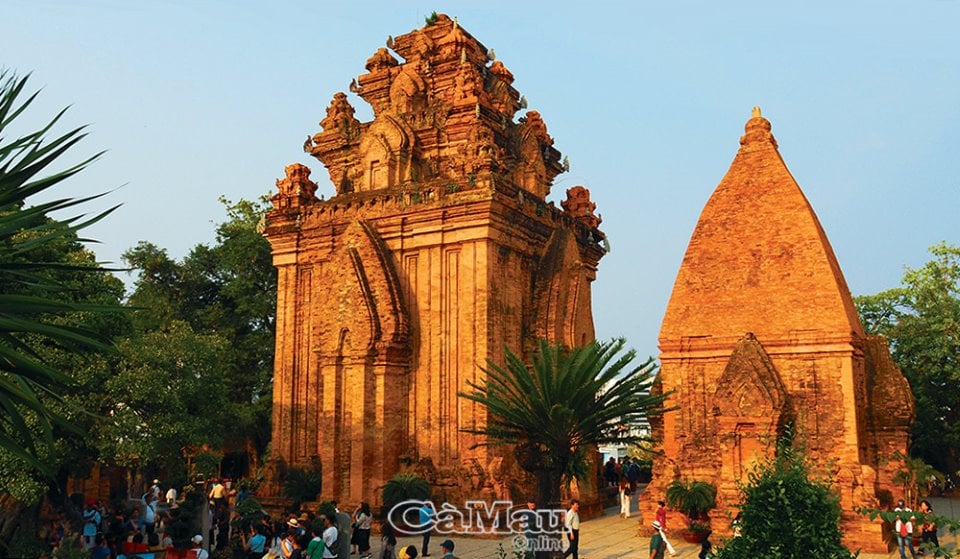
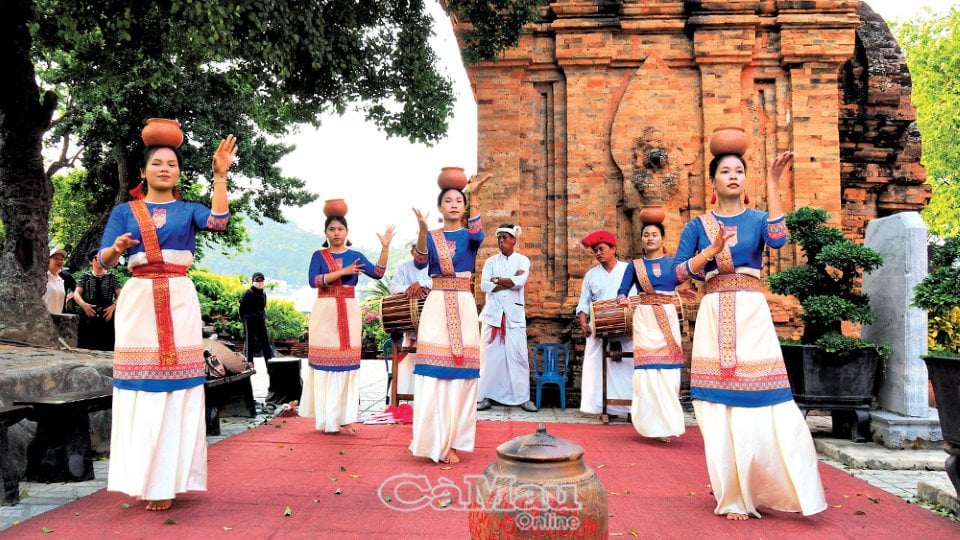
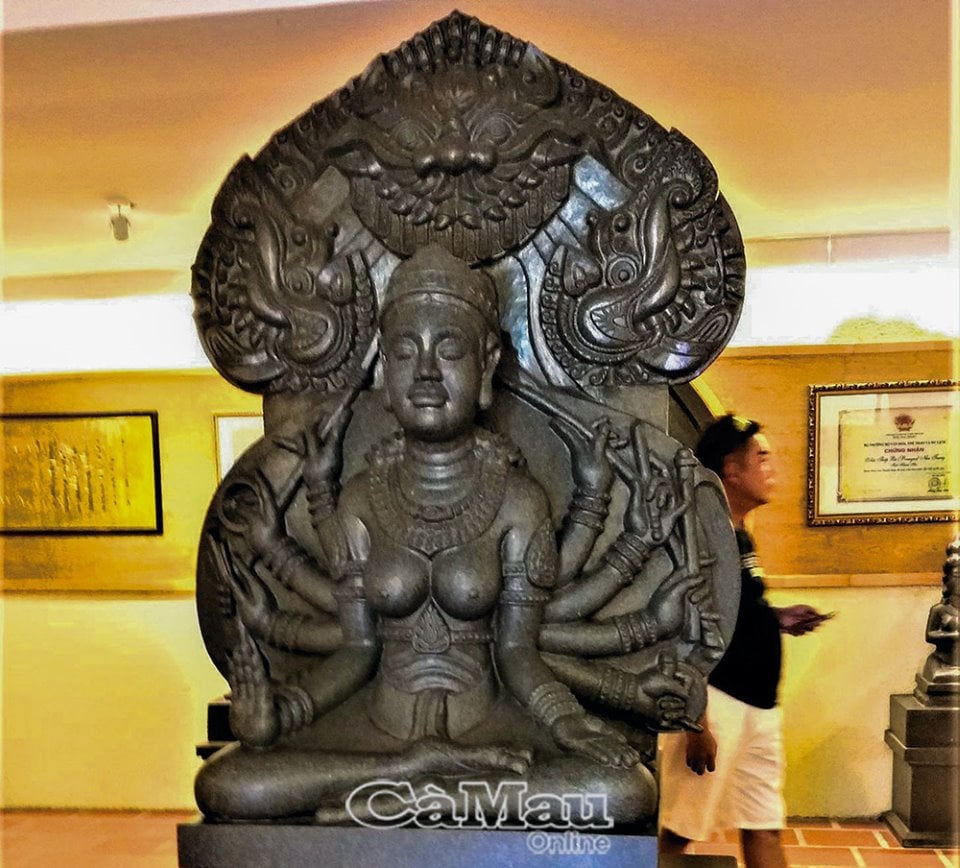


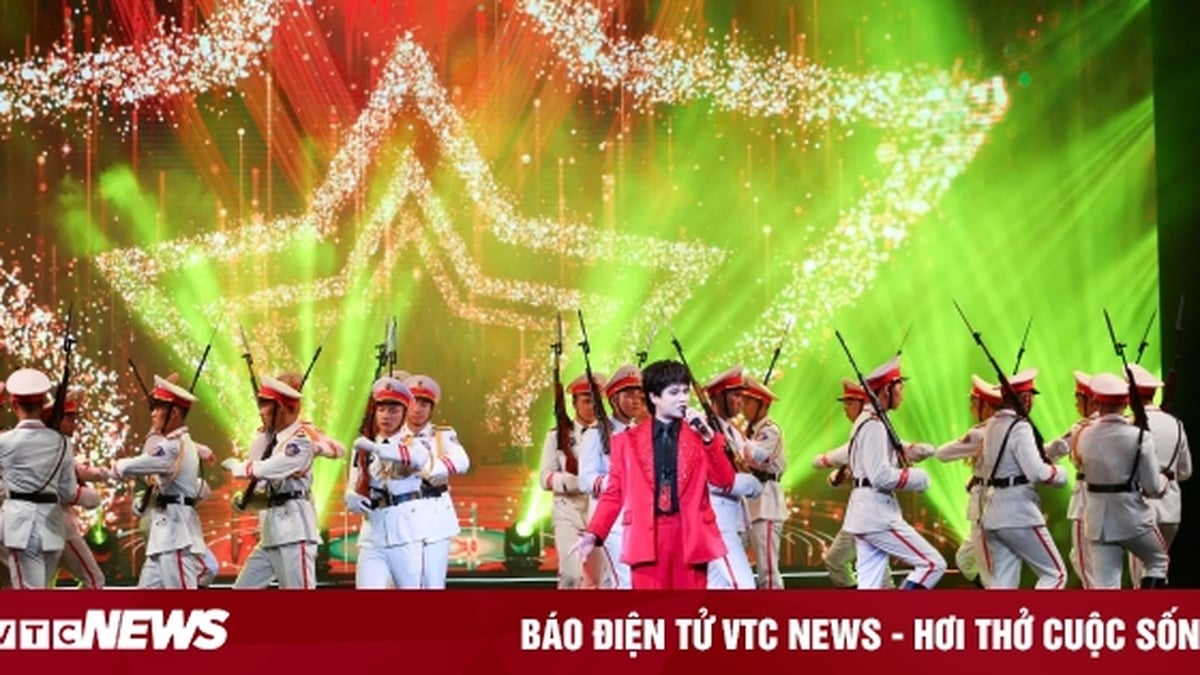
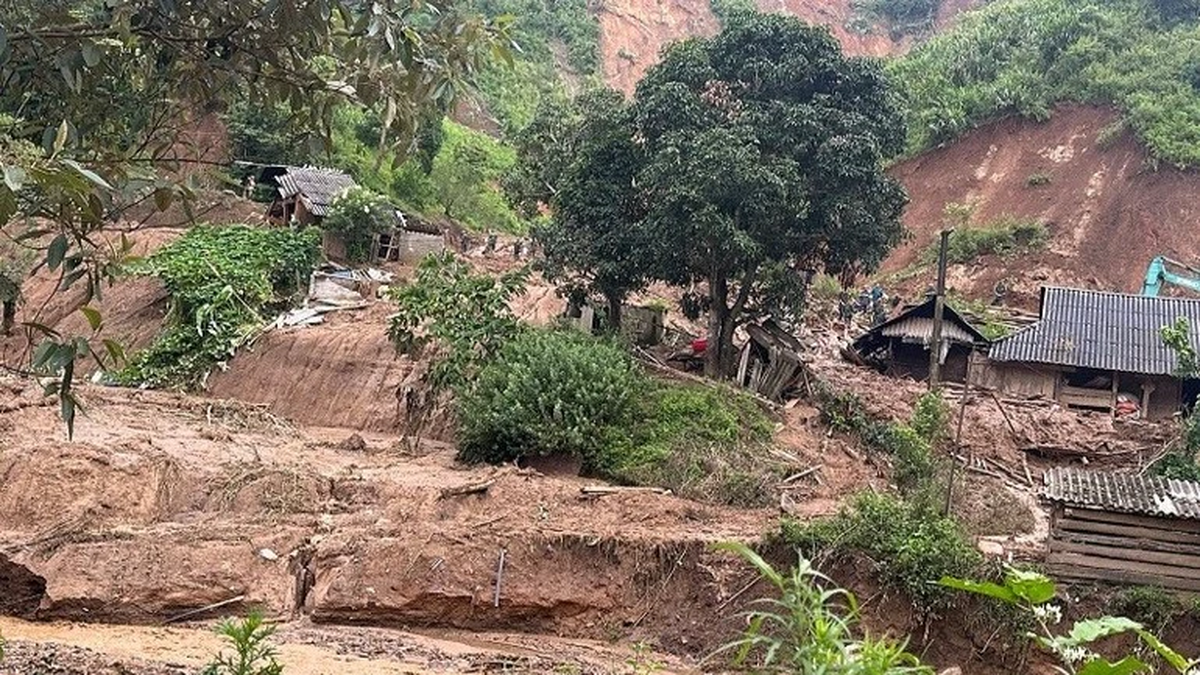
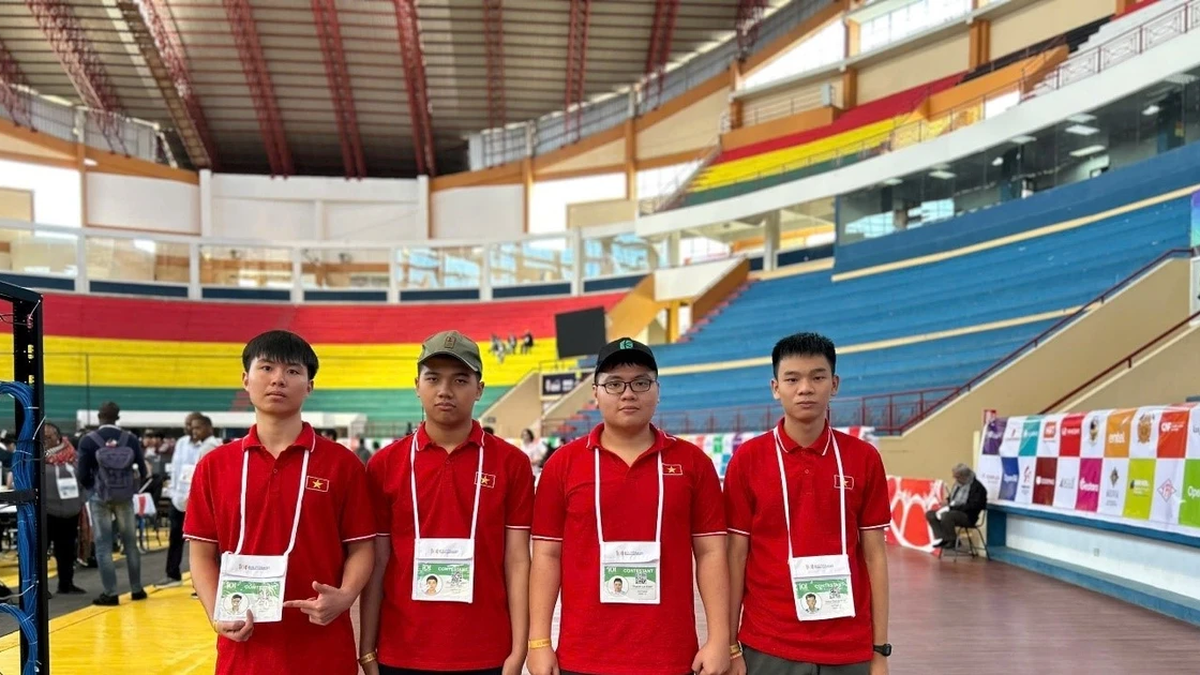
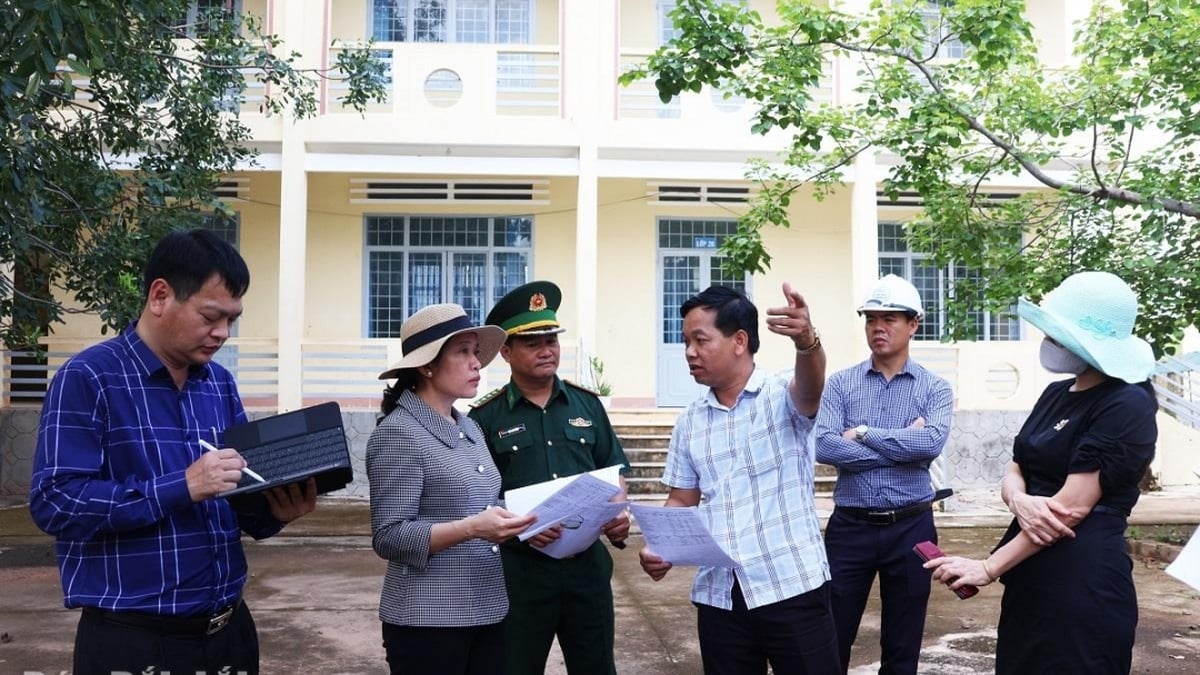



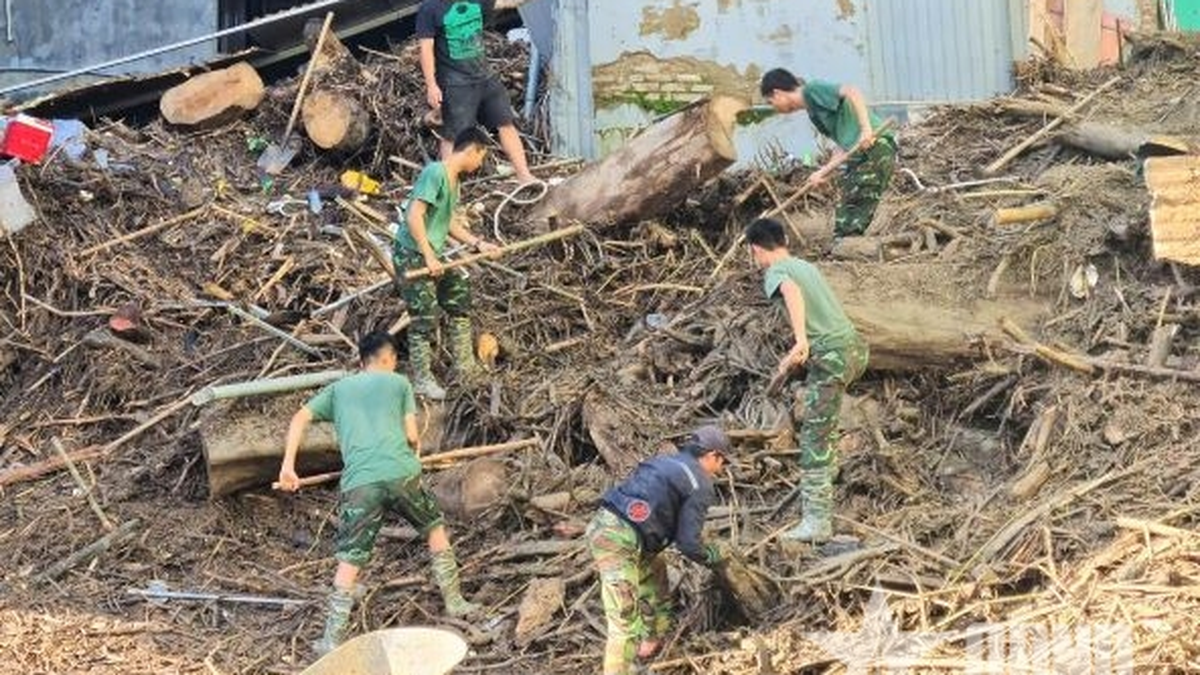























































































Comment (0)